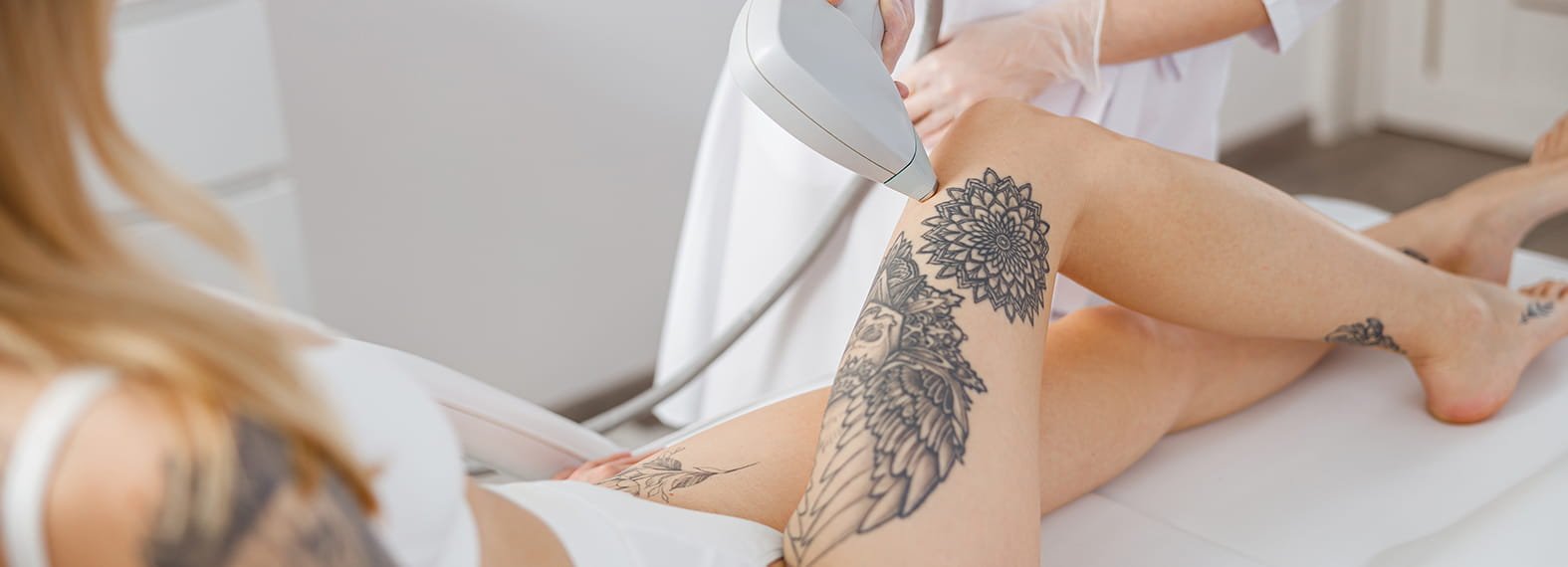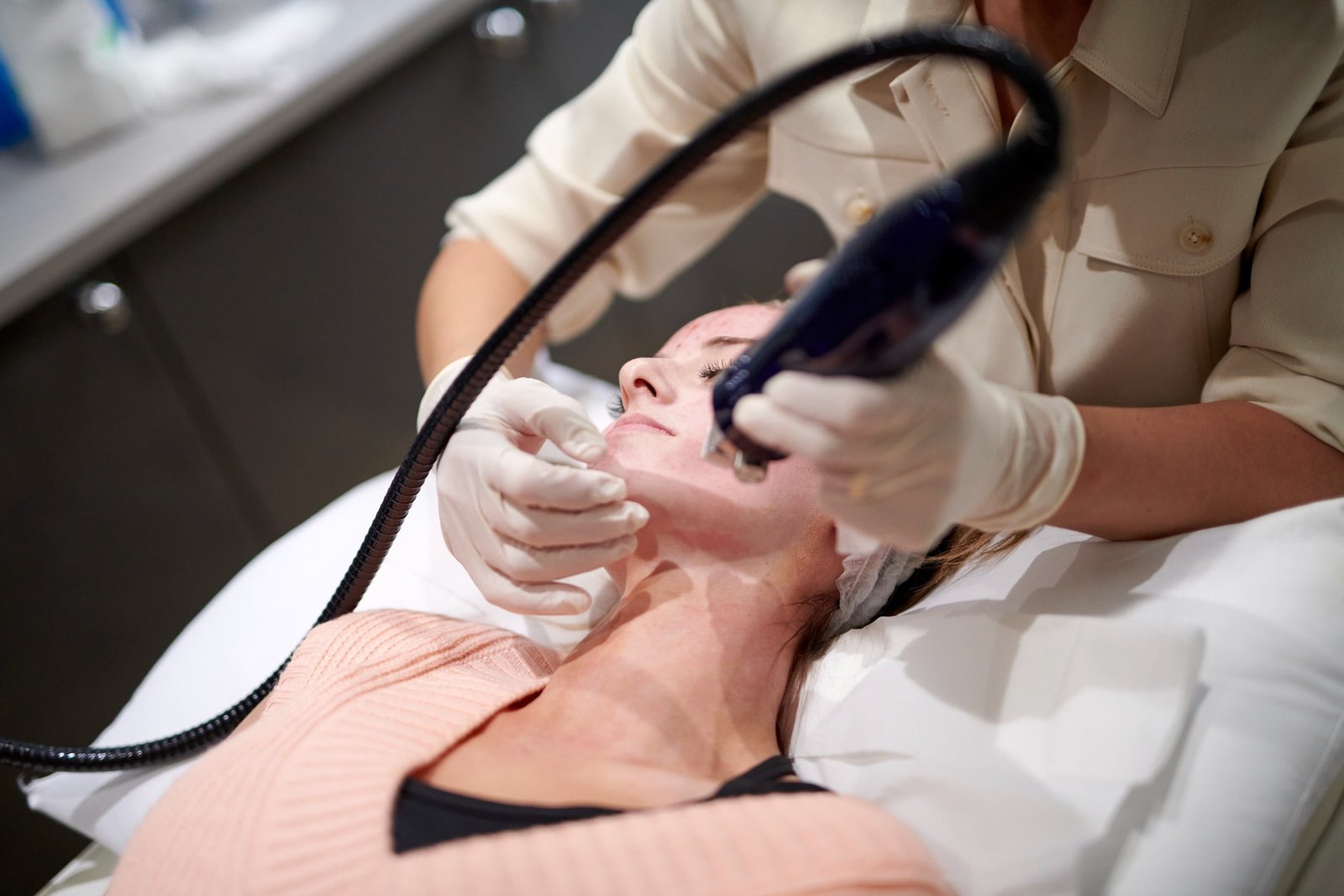PRP injections for knees in Abu Dhabi are becoming an increasingly popular treatment option for knee injuries and conditions, especially for patients looking for non-surgical solutions. This innovative therapy leverages the body’s own healing powers to promote tissue repair, reduce pain, and improve mobility in the knee. Here’s an overview of how PRP injections work for knee treatment.
What Is PRP (Platelet-Rich Plasma)?
PRP is a concentrated solution derived from the patient’s own blood. It is rich in platelets, which are tiny cells in the blood that play a key role in healing and tissue repair. The platelets contain growth factors that stimulate the body’s natural healing process, encouraging tissue regeneration, reducing inflammation, and accelerating recovery.
The PRP Injection Process
The process of PRP therapy for knee treatment typically involves the following steps:
1. Blood Collection
The first step in the process is drawing a small amount of blood from the patient, usually from the arm. The amount of blood collected is typically between 20 and 60 milliliters.
2. Centrifugation
Once the blood is collected, it is placed in a centrifuge. This machine spins the blood at a high speed to separate its components. The red blood cells, white blood cells, and plasma are separated, with the plasma being concentrated to produce PRP.

3. Platelet Concentration
After centrifugation, the platelet-rich plasma is extracted. This plasma contains a higher concentration of platelets than normal blood, which makes it an effective component for healing.
4. Injection into the Knee
The PRP is then injected directly into the knee joint or the area of injury. The injection is usually performed under ultrasound guidance to ensure precision and accuracy, ensuring that the platelets are delivered to the exact location where healing is most needed.
How PRP Injections Promote Healing in the Knee
PRP injections work by stimulating the body’s natural healing response. The growth factors found in the platelets play a crucial role in tissue regeneration. Here’s how PRP works for knee treatment:
1. Reduces Inflammation
PRP helps reduce inflammation in the knee joint, which is often a major cause of pain and discomfort. The anti-inflammatory effects of PRP can provide relief for patients suffering from conditions like arthritis or tendinitis.
2. Stimulates Collagen Production
PRP stimulates the production of collagen, a protein essential for tissue repair. Collagen helps rebuild damaged cartilage, ligaments, tendons, and other tissues in the knee. This is particularly beneficial for people with knee osteoarthritis or those recovering from knee injuries.
3. Accelerates Tissue Repair
The growth factors in PRP promote the healing of damaged tissues by increasing blood flow to the area and encouraging cell regeneration. This accelerates recovery time and can help reduce the need for invasive surgical procedures.
4. Enhances Cartilage Regeneration
In cases of knee osteoarthritis, where cartilage in the knee joint has worn down, PRP may help stimulate cartilage regeneration. Although PRP cannot fully regenerate cartilage, it can help slow down further deterioration and relieve pain by improving the condition of the cartilage.
5. Improves Mobility and Reduces Pain
By healing the tissues and reducing inflammation, PRP injections can significantly reduce knee pain and stiffness. This improvement in function can help patients regain mobility, allowing them to return to their daily activities with less discomfort.
Conditions Treated with PRP Injections in the Knee
PRP injections can be beneficial for a variety of knee-related conditions, including:
- Osteoarthritis: In cases of knee osteoarthritis, where the cartilage breaks down, PRP helps slow progression and manage pain.
- Tendon and Ligament Injuries: PRP can promote the healing of tendon and ligament injuries, such as patellar tendinitis or meniscus tears.
- Knee Sprains and Strains: PRP injections may accelerate recovery from knee sprains and strains, reducing downtime and improving tissue healing.
- Post-Surgical Recovery: PRP can be used after knee surgery to speed up recovery and reduce the risk of complications.
Benefits of PRP for Knee Treatment
PRP injections offer several advantages over traditional treatments for knee pain and injuries:
- Non-Surgical Treatment: PRP is a minimally invasive option, offering an alternative to knee surgery for many patients.
- Natural Healing: Since PRP is derived from the patient’s own blood, there is little to no risk of an allergic reaction or rejection.
- Long-Lasting Results: While the results vary, many patients experience long-term pain relief and improved knee function after PRP treatment.
- Quick Recovery Time: The injection procedure itself is quick, and most patients can resume light activities within a few days to a week after the treatment.
How Many PRP Injections Are Needed?
The number of PRP injections required for knee treatment varies depending on the severity of the condition and the individual patient. Some patients may experience significant improvement after a single injection, while others may require two to three injections over a few months. Your healthcare provider will recommend a treatment plan tailored to your specific needs.
Conclusion
PRP injections offer a promising, non-invasive solution for knee pain, injury recovery, and conditions like osteoarthritis. By harnessing the body’s natural healing abilities, PRP helps regenerate tissues, reduce inflammation, and improve knee function. While results can vary, many patients find that PRP provides lasting relief and improves their overall quality of life. If you’re considering PRP injections for knee treatment, it’s important to consult with a healthcare provider to determine whether this treatment is right for you.



